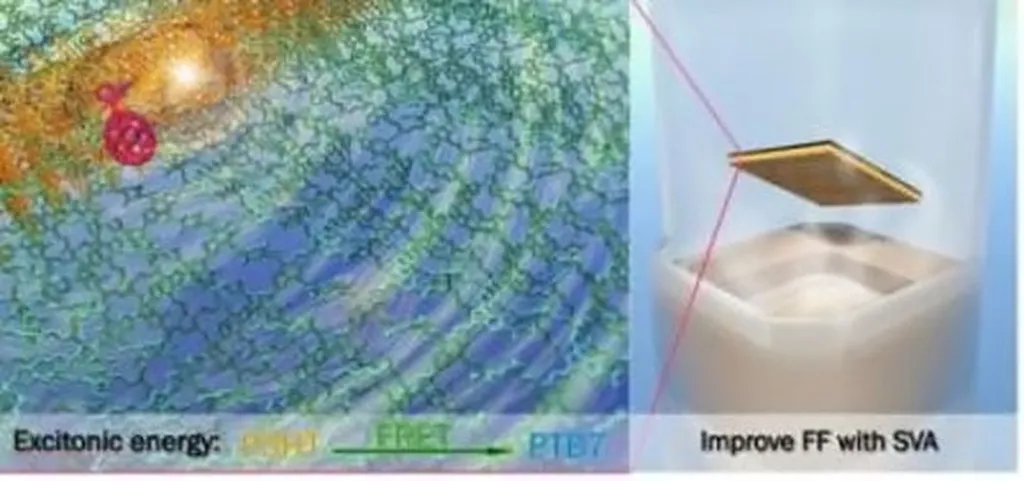In a significant stride towards enhancing solar cell technology, researchers at the Centre for Sustainable Materials Research, Department of Physics, Academy of Maritime Education and Training (AMET), Deemed to Be University, have unveiled findings that could revolutionize the maritime sector’s approach to renewable energy. Lead author G. Vinoth and his team have published their work in the journal ‘Scientific Reports’, which translates to ‘Nature Research Reports’ in English, detailing the influence of manganese (Mn) and cobalt (Co) ions co-doping on the photovoltaic performance of cadmium sulfide (CdS) quantum dot sensitized solar cells (QDSSCs).
So, what does this mean in plain terms? Imagine tiny particles, quantum dots, that can absorb sunlight and convert it into electricity. The researchers have found a way to tweak these particles by adding small amounts of manganese and cobalt. This tweaking, or doping, changes the properties of the quantum dots, making them more efficient at converting sunlight into electricity. Specifically, they found that doping with 1% manganese and 2% cobalt yielded the best results, with a power conversion efficiency of 1.67%.
Now, why should the maritime sector care? Ships and offshore platforms often operate in remote areas where access to traditional power sources is limited. Solar cells, particularly those that are efficient and durable, can provide a sustainable and reliable power source. The findings from this research could lead to the development of more efficient solar cells that can be used to power navigation systems, communication equipment, and other essential systems on board ships.
Moreover, the maritime industry is increasingly focused on reducing its carbon footprint. The International Maritime Organization (IMO) has set ambitious targets to reduce greenhouse gas emissions from ships. Solar cells, as a renewable energy source, can play a significant role in achieving these targets. The research from AMET could contribute to the development of more efficient and cost-effective solar cells, making them a more viable option for the maritime sector.
In the words of the researchers, “The maximum power conversion efficiency (1.67%) was obtained for the solar cells Mn (1%) and Co (2%) co-doped CdS with fill factor (ff), open circuit voltage and short circuit current density of 0.67, 0.3703 V and 6.7365 mA/cm2, respectively.” This means that the solar cells they developed are more efficient at converting sunlight into electricity, which is a significant step forward in the field of solar cell technology.
The commercial impacts of this research are substantial. As the maritime industry continues to seek sustainable and reliable power sources, the demand for efficient solar cells is expected to grow. The findings from this research could lead to the development of new products and technologies that meet this demand, creating new commercial opportunities.
In conclusion, the research from AMET is a significant step forward in the field of solar cell technology. It has the potential to revolutionize the maritime sector’s approach to renewable energy, contributing to the industry’s efforts to reduce its carbon footprint and meet the IMO’s targets for greenhouse gas emissions. As the researchers continue to explore the potential of quantum dot sensitized solar cells, the maritime industry should keep a close eye on these developments. After all, the future of maritime energy could very well be powered by tiny, doped quantum dots.

